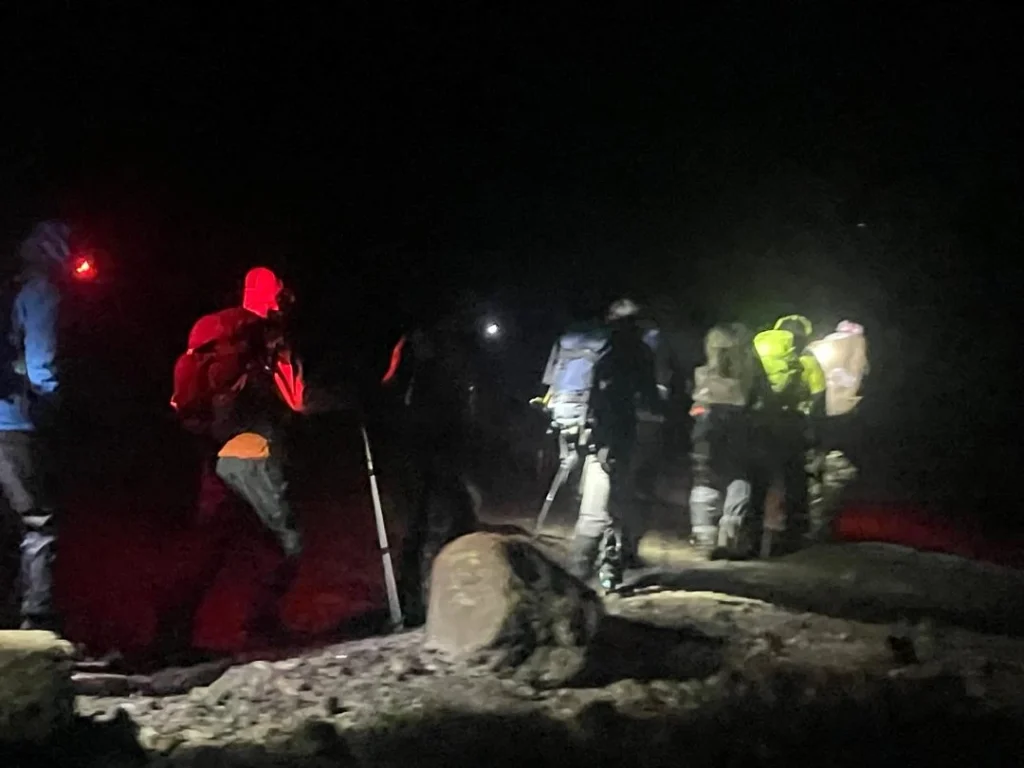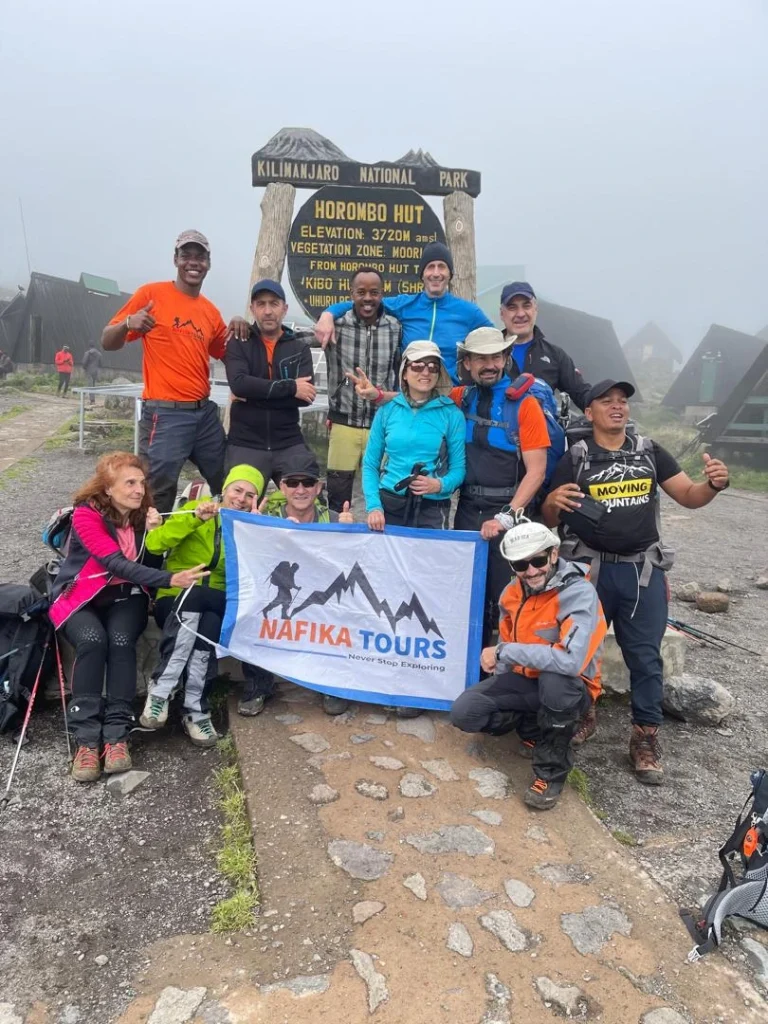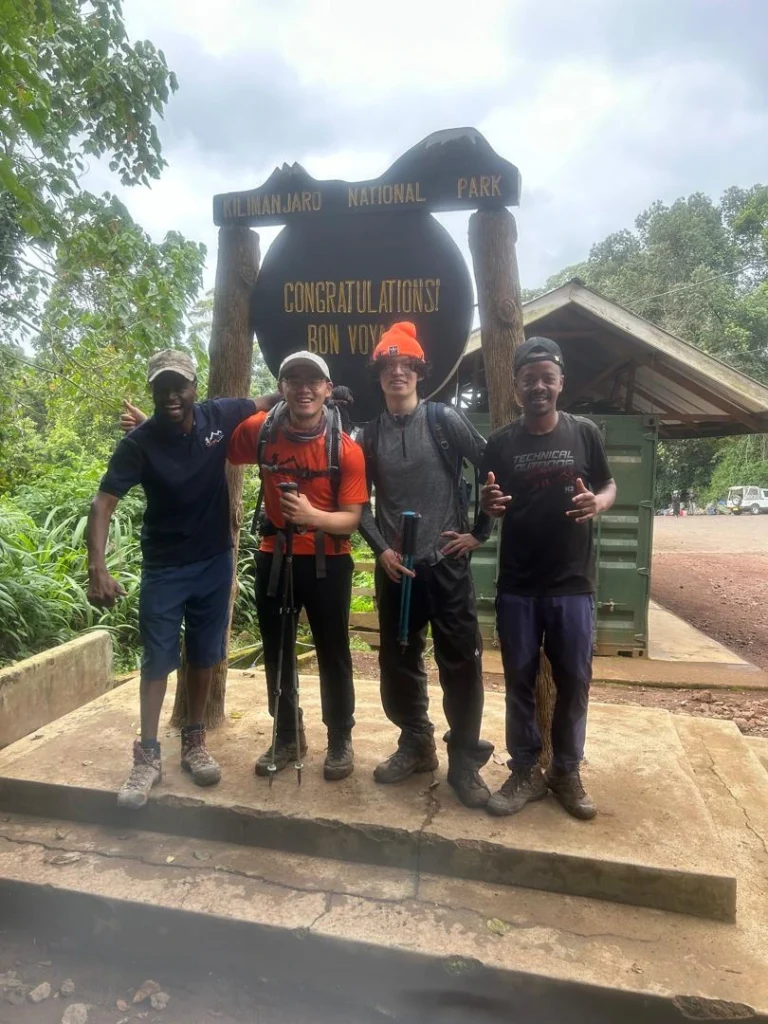Climbing Mount Kilimanjaro at night is an unforgettable adventure, giving you the chance to watch a stunning sunrise from Africa’s highest peak. While it’s an amazing experience, it can also be quite challenging. To make it successful and safe, you’ll need proper preparation, including good acclimatization, the right equipment, and guidance from an experienced tour leader.

Climbing Kilimanjaro at night is a popular practice, and there are some great reasons for it:
Better Ground Conditions: Climbing at night means cooler temperatures, which help stabilize the trail. On Kilimanjaro, the path to the summit is made of loose volcanic rock, sand, and scree. During the day, the loose ground makes it harder to climb. At night, the frozen ground provides better grip and makes the ascent less tiring.
Smart Time Management: Reaching the summit and returning to camp takes about 10-14 hours. Starting at midnight ensures you have enough daylight for both climbing up and safely coming back down. This way, you can avoid descending in the dark, which can be risky.
Breathtaking Sunrise Views: One of the most magical parts of a night climb is reaching the summit just in time to see the sunrise. The golden light spreads across the mountain and the vast landscapes below, creating a moment you’ll never forget. Morning visibility is usually clear, offering the best views from Uhuru Peak.
Many climbers often wonder why, after reaching the summit of Kilimanjaro, they don’t simply return to base camp but instead descend much farther down the mountain. Here’s the reason:
Better Recovery at Lower Altitudes: Base camps on Kilimanjaro are located at around 15,000 feet (4,572 meters), where the air has less oxygen. Resting and recovering here can be difficult, especially after the physical demands of summiting. Descending to about 10,000 feet (3,048 meters) provides more oxygen, making it easier for climbers to recover from altitude sickness, dehydration, and exhaustion.
Water Supply Challenges: On Kilimanjaro, water is available only on the lower and middle slopes. Near the summit or at base camp, there are no natural water sources. Water at base camp must be carried up from the Karanga Valley. Staying an extra night would require more water and additional work for the porters, which adds unnecessary challenges.
Limited Space at Campsites: The camps on Kilimanjaro are shared by climbers from seven different routes. Many groups gather at key campsites, especially before their summit attempt. To make space for new climbers preparing to ascend, those who have already summited must move on. Staying at base camp would cause congestion and logistical issues for the next group.


We use international standard equipment, and our guides are trained in first aid and equipped with personal protection gear.
Once a tour is booked, it is guaranteed to operate, even if there is only one client for the entire trip.
Our guides are trained to attend to each client's needs and adjust the program to ensure a personalized experience.